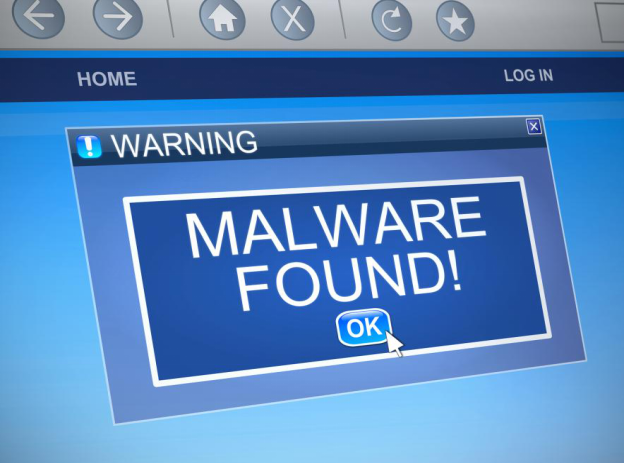In today’s hyper-connected world where most of the business happens online, your company’s website is perhaps its most valuable asset. In addition to being the online face of your company, your website generates sales, processes transactions and promotes your business. Protecting this valuable resource from cyber threats such as malware is crucial if you want your business to be successful.
Malware is one of the major security threats that plague the online operations of organizations. According to Accenture, malware attacks cost companies an average of $2.4 million. Furthermore, malware threats are increasing in frequency and sophistication on a daily basis. According to reports from the internet security teams at Verizon and Symantec, approximately one million malware threats are released on a daily basis.
What is Malware?
In basic terms, malware is a type of insidious software created by cyber criminals. It is primarily used to infiltrate and cause damage to computer systems and networks. Malware comes in different forms, which include viruses, spyware, worms and ransomware.
Over the course of this blog, we’ll discuss how malware can affect your organization’s website.
Alter Your Website’s Appearance
Something known as defacement, cyber crooks can use malware to gain control of your website and replace its content with their own messages. The purpose of this attack is to turn away the visitors of a website by offending them with explicit messages. These messages often have a political or religious agenda and hackers commonly target important government websites. Here is an instance of hackers defacing a Western Australia Government website.
Divert Your Visitors to Other (Often Malicious) Websites
Hackers also use malware to divert the visitors of a website to other, often malicious, websites. According to data, malicious redirects account for 17% of all malware infections, making them one of the most prevalent cyber attacks.
Cause Your Site to Get ‘Blacklisted’
Major search engines, such as Google, scan websites for malware. Sites that have been infected with malware may be removed from the search results in order to prevent users from visiting them. This is called ‘blacklisting’.
A search engine my also show a warning to visitors to let them know that a site is infected. You don’t need us to tell you that if your website has been blacklisted, it will lose traffic and the reputation of your company will suffer.
Allows Cybercriminals to Gain Access to Your Site
Cybercriminals use a type of malware called ‘backdoors’ to gain access to sites. Once they have access, hackers can wreak havoc in multiple ways which include changing your website’s appearance and exposing the sensitive data of customers.
A solid defence against malware and cybercriminals is imperative to the success of your company. With Lean Security’s professional security testing services, you can protect your website from malware and automated attacks. Contact us for further details

